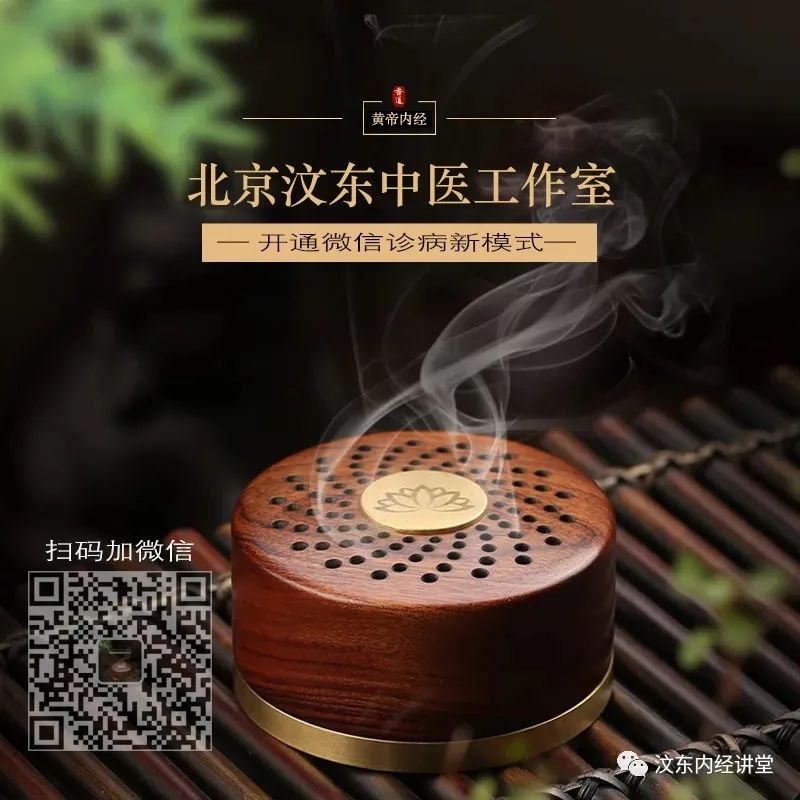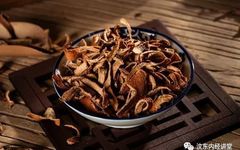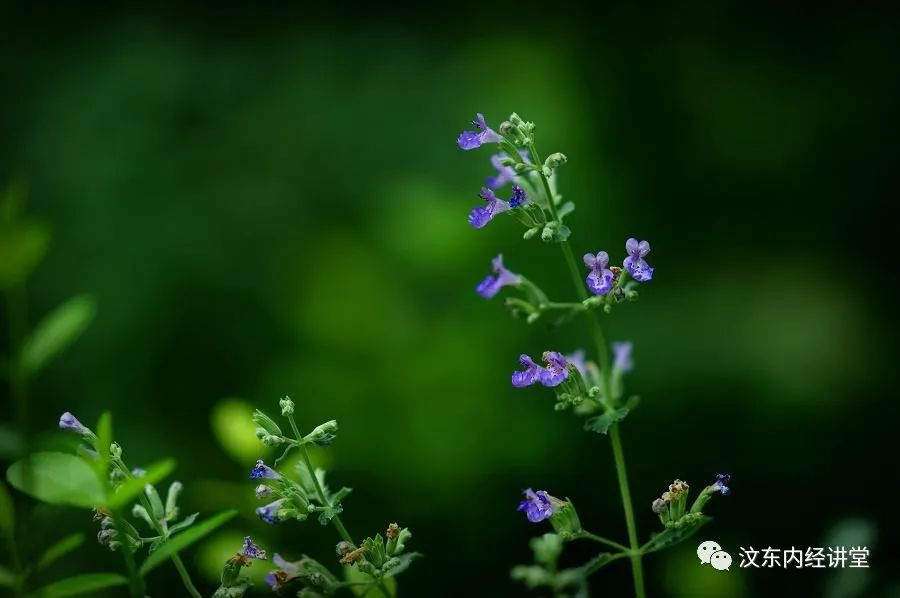
Discussing Yin and Yang, discussing the Five Elements, entering the path of medicine
Click to play the audio course
Hello everyone!
Today we continue with the second episode of “Understanding Diseases in Traditional Chinese Medicine” where we will explain the wind-cold common cold. When it comes to the common cold, the symptoms that come to mind are dizziness, head congestion, runny nose, body aches, and in severe cases, sore throat, fever, and chills.
Upon noticing these symptoms, we all know that it is a common cold. In modern society, there are many interpretations of the common cold.
For example, a young person heavily influenced by Western culture might think that the common cold requires no treatment, just drink plenty of water, and it will naturally resolve in a week. However, some recover in seven days, while others do not and develop pneumonia.
In contrast, the older generation, who respect tradition, believe that the common cold requires differentiation, such as wind-cold common cold, wind-heat common cold, etc.
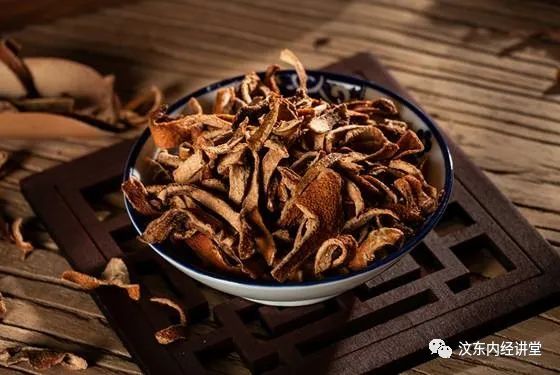
If it is a wind-cold common cold, the elderly at home would boil a bowl of ginger and brown sugar water, and after drinking it and sweating a bit, they would feel better. What about a wind-heat common cold? They would buy some Shuanghuanglian (Double Yellow Lian) or VC Yinqiao tablets, and they would also recover quickly.
However, some people believe that regardless of what medicine they take, it seems to take a week to get better. They just feel a bit more comfortable after taking the medicine. Some who hold onto their views even think that taking medicine is merely a psychological comfort.
So, is it really just psychological comfort? We first need to understand from the perspective of TCM what a common cold is.
TCM believes that the common cold is a manifestation of the body’s surface being harmed by wind evil. The clinical symptoms of nasal congestion, runny nose, sneezing, coughing, and headache are all stress responses of the body being harmed by wind evil.
In addition, TCM categorizes the common cold into various types, such as wind-cold common cold, wind-heat common cold, summer-damp common cold, and epidemic common cold. There are also types like Qi deficiency common cold and Yin deficiency common cold.
Many friends who hold Western medical views believe that the common cold can naturally heal itself with plenty of water and rest. This view is also present in TCM. For example, in the “Shang Han Lun” (Treatise on Cold Damage), it states: “If a Taiyang disease headache lasts for more than seven days and recovers, it is because the meridian has been fully traversed.”
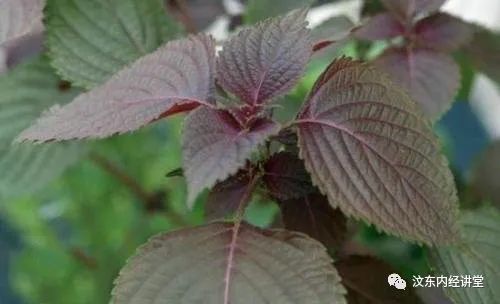
This means that if a person’s foot Taiyang bladder meridian is harmed by wind-cold evil, it may recover in seven days. The reason for recovery is that the body’s righteous Qi is relatively abundant, preventing the evil Qi from penetrating into other organs. The process of righteous Qi fighting against evil Qi is a manifestation of the evil Qi being expelled from the body.
However, at the same time, the “Shang Han Lun” states: “If a person is harmed by wind-cold evil, and the pulse is normal, it indicates that the evil has not transmitted; if there is a desire to vomit, restlessness, and a rapid pulse, it indicates transmission.”
This means that if a person is harmed by wind-cold evil, initially, the Taiyang meridian bears the burden, and at this time, the patient’s pulse is normal, indicating that the evil has not transmitted. If the patient shows nausea, restlessness, and a rapid pulse, it indicates that the evil is about to transmit to other organs.
This so-called transmission and non-transmission is part of TCM’s theory of six meridian transformations. In other words, when the body is invaded by cold evil, there is a distinction between disease transmission and non-transmission.
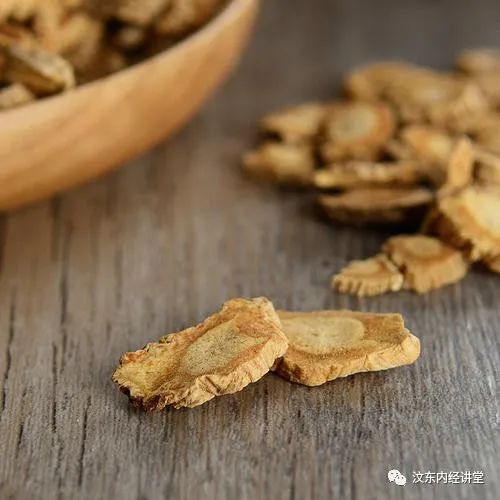
In other words, if a person is harmed by wind-cold evil, it may transmit inward, causing other diseases, or it may recover in seven days. The difference lies in the individual’s constitution. However, a strong constitution does not necessarily mean no transmission, and a weak constitution does not necessarily mean transmission. The specific transmission or non-transmission depends on whether the patient exhibits symptoms such as nausea, restlessness, and rapid pulse as mentioned in the “Shang Han Lun”.
Of course, the manifestations mentioned in the “Shang Han Lun” refer to Taiyang cold damage syndrome, which is not the same as the common cold. We use the “Shang Han Lun” as an example to illustrate TCM’s understanding of disease transmission, not to say that the above symptoms will necessarily appear in a common cold.
In TCM, the location of the common cold is in the lung wei (defensive Qi of the lungs), which refers to the lungs and the protective Qi. The protective Qi is a type of Qi that runs on the surface of the body to protect it. Since the protective Qi is harmed, patients with a common cold will exhibit symptoms such as nasal congestion, runny nose, headache, and cough, along with body and muscle aches.
Whether a person’s common cold will transmit inward depends on whether the patient shows persistent fever, cough, and increasingly severe fever. This indicates a progression towards pneumonia. If this occurs, it means that drug intervention is necessary.
Additionally, some elderly patients with chronic diseases, such as hypertension, heart disease, or diabetes, generally do not experience colds for many years. The reason for this is not necessarily a sign of a strong constitution, but rather a manifestation of weak protective Qi that lacks the ability to resist evil Qi.

Such patients, when harmed by wind-cold or wind-heat, will directly exhibit symptoms such as elevated blood pressure, elevated blood sugar, or severe heart disease reactions. In TCM, this is seen as the evil Qi bypassing the body’s surface and directly entering the organs.
At this time, giving them medication for blood pressure, blood sugar, or heart disease is ineffective. Instead, taking some common cold medications may be effective.
This situation is particularly likely to occur during seasonal changes, especially in spring and autumn. For example, with the upcoming autumn, after the start of autumn, the temperature drops, and the body’s pores tighten. When the body’s functions are adjusting, if they are invaded by wind-cold evil, the incidence of these elderly chronic disease patients will sharply increase.
So, who is more likely to develop a wind-cold common cold?
Generally, those with internal cold are more prone to wind-cold common colds.
What are the manifestations of patients with internal cold?
The most intuitive manifestation of patients with internal cold is a fear of cold. They tend to feel colder in their limbs, usually dress more warmly than others, have relatively poor physical strength, and also have a cold stomach, avoiding cold drinks, among other symptoms. Such patients are most susceptible to being harmed by wind-cold evil.
Once the body is harmed by wind-cold evil, symptoms such as fear of cold, fever, headache, body aches, sneezing, runny nose, and cough will appear.
If this occurs, we can all judge that it is a common cold. However, we also need to determine whether it is a wind-cold or wind-heat common cold. The difference between wind-cold and wind-heat common colds is that wind-cold common cold has a more pronounced fear of cold, while wind-heat common cold does not. Additionally, in wind-heat common cold, sore throat is more severe, while in wind-cold common cold, sore throat is generally not present, and if it does occur, it is only a slight pain.
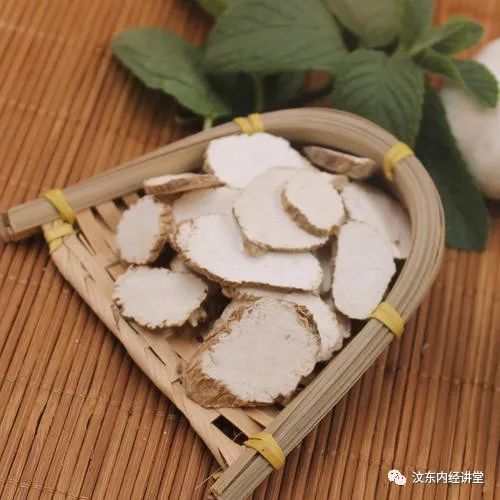
Another direct observation method is to look at the tongue coating. The tongue coating in wind-cold common cold is white and moist, with a pale taste and no thirst. In contrast, the tongue coating in wind-heat common cold is slightly yellow, and the tip of the tongue is red. These are key points for differentiation.
Generally speaking, if a young person has a slight sore throat when catching a cold, taking some Tongrentang (Tong Ren Tang) common cold clearing granules will suffice, and seasonal cold tablets are also effective. If there are symptoms of fever, they can take some medications like Tylenol or Contac for fever.
It is important to note that there is now a type of medication called wind-cold common cold granules, which is more suitable for middle-aged and elderly patients with significant internal cold and no sore throat.
Additionally, we need to pay attention to the fact that in the TCM internal medicine textbook, the formulas used are Jingfang Dabi Tang or Jingfang Baidu San. Friends interested in learning TCM can study these formulas. We will conclude our discussion on wind-cold common cold here.
Furthermore, today we also need to discuss a question: What is TCM’s remote outpatient service?
Before the pandemic, very few TCM institutions offered remote outpatient services. One of the main reasons is that the service capacity of TCM is limited, meaning that each doctor can only attend to a certain number of patients each day. If there are patients coming through other channels, such as online, without a sustainable service mechanism and a standard fee structure, while the efficacy is also hard to guarantee, most doctors would decline for various reasons.
However, after the pandemic, as people’s awareness of preventing infections increased, the unique advantages of remote outpatient services became more prominent. Therefore, in the later stages of the pandemic, the topic of remote outpatient services was once again brought to everyone’s attention.
In the later stages of the pandemic, many TCM institutions began to offer online remote outpatient services, which not only provided remote outpatient services but also solved the issues of sustainable consultations and normal fees, allowing TCM remote outpatient services to develop rapidly in a short time, including my studio.
Now, this raises a new question: Remote outpatient services cannot provide pulse diagnosis. Can TCM still accurately differentiate without pulse diagnosis? This is a concern for many patients, and I would like to address it here. Taking the common cold as an example, the TCM internal medicine textbook describes many symptom descriptions, but regarding pulse condition, it only states: “Pulse is floating or floating tight.” The information about pulse condition is less than one-tenth of the overall symptom information.
From this perspective, when TCM identifies the symptom characteristics of wind-cold common cold, much of the information comes from the patient’s description and tongue coating and complexion. This information is obtained through the communication process between the doctor and the patient, which means that the information from the first three diagnostic methods in TCM (observation, listening, and inquiry) accounts for about 90% of the diagnostic information, along with various laboratory reports provided by the patient. This makes it easier for TCM to make a comprehensive and detailed judgment about the patient’s constitution.
Additionally, pulse diagnosis is one of the four diagnostic methods in TCM. Although it cannot be performed in remote outpatient services, with the doctor’s years of experience and various medical test reports to supplement, remote outpatient services can be effectively conducted, so everyone can rest assured.
Alright, the course ends here. For those who wish to understand the text version of this lecture, please follow the WeChat public account: Wendon Neijing Lecture Hall. Thank you all, and see you next time.

Welcome to scan the code to enter: Wendon TCM Studio
